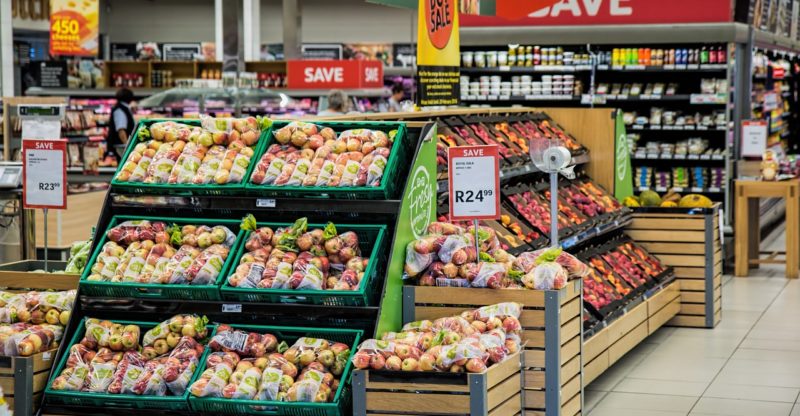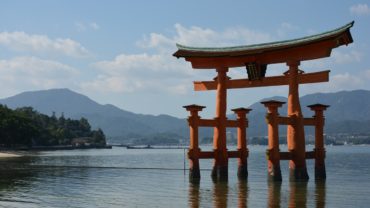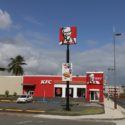Why Walmart Is Falling In Japan
“Everyday Low Price”
This is the slogan of Walmart.
If you live in the United States, you probably know Walmart.
It is the biggest retail chain in the United States that has more than 11,000 stores and clubs around the world.
For the fiscal year ended in January 2019, their total revenue was more than $500 billions.
This number is even bigger than the total revenue of Amazon, Costco, and Kroger all combined.
But when it comes to their business operation in Japan, it’s a different story.
In this article, I will introduce you the reasons why Walmart is failing in Japan and the consumer cultural differences between Japan and the U.S.
Table of Contents
Walmart In Japan
Seiyu is one of the largest supermarket chains in Japan, established in 1963.
In 2002, Walmart acquired a 6.1% of stake in Seiyu and officially made the company a subsidiary in 2005, which became the first step for Walmart to expand their business in Asia.
For this reason, many Japanese people are more familiar with Seiyu than Walmart.
But when we look at largest retail companies in Japan, Seven & I Holdings (Convenience Store), Aeon, Rakuten, Beisia are the largest retails and biggest competitors for Seiyu.
Seiyu is not even ranked among 25 companies based in Japanese retails.
This is because Japanese consumer culture is way too different from the U.S.
1. Skepticism Of “Low Price”
When Walmart expanded into Japanese market, they used the same “everyday low cost” strategy as they are doing in the U.S. market.
If you go to Walmart or any retail stores in the U.S., you will often see “Buy two, get one free” tags.
This business strategy simply didn’t work out in the Japanese consumer culture because it makes more skepticism to the products in general.
As there is this saying in Japanese: “cheap stuff must have good reasons,” Japanese consumers tend to not get attracted to cheap items that much, especially to food products.
Instead, Japanese consumers buy more when the reason for sales is obvious and special.
So they are more likely to search for daily sales by going multiple stores every time when they shop and take advantage of coupons and point cards.
What Japanese local stores often do is that “if you shop on Wednesday, you get two times more points” sort of strategy, so they get more customers on hump day, instead of weekends.
Thus, “Everyday Low Cost” strategy didn’t fit into Japanese consumer culture.
2. Many People Live in Cities
Even within the United States, Walmart has struggles in big cities, like New York, Francisco, and Boston.
That is because there are more convenience stores and local retails in cities.
And consumer habits in cities are dramatically different from suburb areas.
So in Japan, the vast majority of the population live in the cities, and those cities often have multiple transportation systems that make life much more convenient.
Speaking of convenient, Japan is the land of convenience stores.
It is said there are more than 50,000 convenient stores in the country, which is the highest number in the world.
Convenience stores are huge business in Japan.
Walmart didn’t take this convenience store situation into consideration.
And the transportation systems are also different.
Even though a car is necessary when you live in most areas of the United States, in Japan people regularly ride a bicycle and take the public transportation.
Some people don’t even own a car at all.
3. Japanese Go Shopping Nearly Everyday
While American people often go shopping on weekends by driving a car with their family and buy one-week supply, it is more common for Japanese people to go shopping nearly every day.
That is because of the situation that many married women in Japan stay at their home and do household jobs.
Japan is still a conservative society in terms of family structure.
So wives are kind of in charge of preparing for the dinner before husbands get home.
As for singles, many people just stop by a convenience store or a small grocery and get food on a way to home after work.
Yes, this is also thanks to the convenience of the public transportation.
4. Different Food Culture
As you know sushi, Japanese people love fish.
So it’s kind of reasonable that they concern more about quality.
Especially when you eat raw fish, freshness is more important than anything else.
This explains why people in Japan go grocery shopping nearly everyday.
5. Skepticism Of “Made In China”
Walmart can sell low cost items everyday because they have their production lines all over the Asia, so they can save employment costs.
Chinese production is the best example.
In Japan, people tend to buy domestic items and avoid foreign products, especially from China.
In 2014, food safety concerns rose throughout Japan known as “China Meat Scandal” when it was leaked that the factory of McDonald’s located in Shanghai had been exporting 7 months expired chicken nuggets.
Since then, many food companies and suppliers stopped importing from China.
But Seiyu was also selling rice from China 20% cheaper than domestic rice.
Obviously it wasn’t a good idea.
It only made bad reputations about Seiyu.
Food safety is a huge thing in Japan.
Walmart VS Costco
Walmart is completely failing in Japan.
But it’s not that Japanese people don’t like American retail stores.
In fact, Costco, one of the largest retain chains in the United States as well as Walmart, is more popular and successful than Walmart in Japan.
The clear difference between these two is that Costco sells American products directly imported from the U.S. to the Japanese markets.
So the store is huge just like the ones in the U.S. and their products are also “American size.”
Since Costco is so different from the rest of retail stores in Japan, it has gained the popularity from providing different shopping experience.
Some consumers actually spent a half day in shopping at Costco, just like an amusement park that they can enjoy “different culture.”
In other words, Walmart sell everyday products in American way, but Costco sell American products with American culture.





walmart tried to get into germany aswell in the 1990 but they failed. people dont like gigantic shops in the midfle if nowhere but the local supermarket.
[…] Ito, M. (2019, July 09). Why Walmart Is Falling In Japan. Retrieved November 04, 2020, from https://asianminato.com/why-walmart-is-falling-in-japan […]